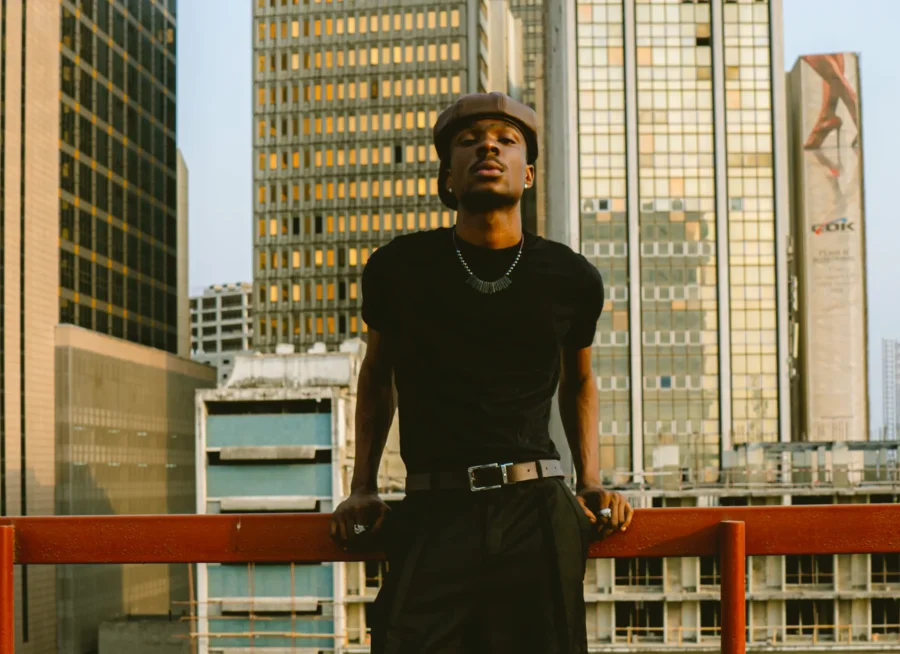Hard truths for emerging artists who want to win in this attention economy
By Ayorinde Williams
A few years ago, you could spend all your savings booking studio time, mixing, mastering, and maybe even shooting a video, and once the project dropped, you hoped the world would stop and notice.
Today? You could drop the most sonically flawless EP of the decade, and if there’s no consistent content to wrap around it, no one might even care.
Harsh? Yes. But it’s the truth.
We live in a world where content is currency. Visibility trumps potential. And unless you have a solid plan for how you’ll show up every week, every day, every scroll, your music will drown in the flood of uploads hitting Spotify and TikTok every hour.
The myth of “if it’s good, it’ll find its way” is not accurate. No, it won’t. Or maybe it will, but long after you’re burnt out from trying to push it with sheer passion and prayer. We’ve all been there: You release a project. You feel proud. You post the cover art. Maybe a behind-the-scenes video. One or two reels. And then, silence.
Not because the music isn’t good. But because consistency wasn’t built into the roll-out. In a world where artists are not just musicians, but media machines, the ones who win aren’t always the most talented; they’re the most visible. They stay top of mind because they show up with intention.
Algorithms need rhythm. Let’s break it down plainly: Algorithms don’t reward talent. They reward behaviour. And behaviour, in this context, means frequency, engagement, watch time, shares, and saves.
If you only post when you have something to “drop,” the algorithm will treat you like a stranger. You’ll have to beg your own audience to engage. Meanwhile, that lesser-known artist who posts 4 – 5 times a week builds up digital muscle memory. People expect to see them. Platforms reward that consistency.
There’s a reason people feel like they see Asake, Shallipopi, or Ayra Starr everywhere. It’s not just label money. It’s volume, visibility, and yes, structure.
So let’s say you dropped an EP today. Great music. Strong features. Mixed and mastered beautifully.
Now what’s the plan for:
- Week 1’s teaser content?
- Week 2’s lyric explainer video?
- Week 3’s community engagement post?
- Week 4’s fan reaction stitch?
- Week 5’s throwback-to-process footage?
You see where this is going?
Your project needs a lifespan, not just a release date. And that lifespan is powered by content, mapped out before you drop. Because the truth is, if you don’t feed the fire, it burns out.
Here’s a good example. When Omah Lay dropped Get Layd, he didn’t just disappear into the shadows of Spotify playlists. He posted BTS footage, stripped-down versions of his songs, engaged with fan covers, and stayed online. People fell in love with his presence, not just the audio. And that’s what pushed him from “promising artist” to “the guy with the voice and the vibe.”
The music brought them in. The content kept them there.
This is why a content calendar does so much for you. A content calendar is not a social media obsession tool. It’s your distribution plan for attention. Even if it’s just 3 posts a week, you’re doing more than 80% of artists who are just winging it.
You don’t need a manager, digital strategist, or camera crew. Start where you are.
Here’s a basic 4-week plan any artist can follow:
- Tease the world — Cover art drop, moody snippet, voice note BTS
- Show your process — Studio clip, beat selection moment, lyric story
- Pull the audience in — Q&A about your fav line, fan reaction reposts
- Reflect & amplify — Chart screenshots, acoustic version, lessons
The trick is to repeat, remix and improve.
Here’s the part artists don’t realise:
When labels, brands, or partners approach you, they check your consistency. You can’t pitch yourself as “the next big thing” when you post once a month and ghost after every drop. Even if you have 10K followers
The hard truth is that you’re competing with all creators, not just artists. That TikTok skit guy who posts daily and now raps on the side? He’s not “stealing your lane.” He just understands the assignment.
In 2025, attention is a battlefield. And artists need to accept that their songs are not the content, they’re the centrepiece of the content. The actual content is what gives the song room to breathe.
Your visibility is your value.
The music is your soul, but the calendar is your engine.
If you want your art to move, to grow, to live, you need structure. You need rhythm. You need presence.
So maybe your next big breakthrough isn’t about a new sound.
Maybe it’s about finally creating a system that shows the world you’re here for real, and here to stay.


